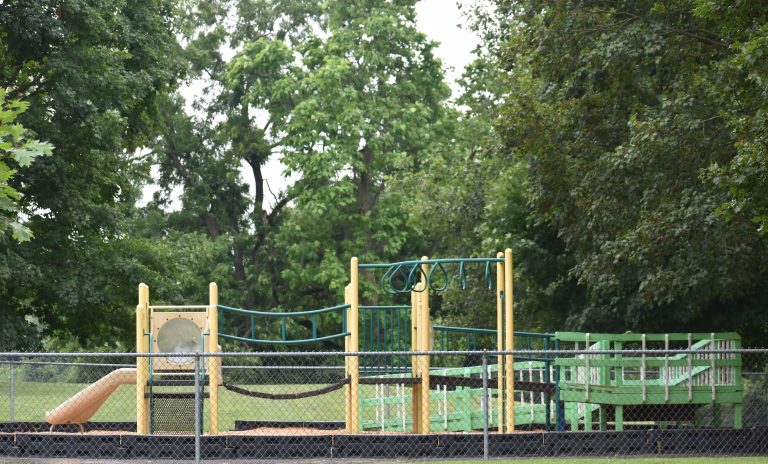Letter to Editor: Property Tax Reform
Dear Editor,
As a concerned Ohio resident and advocate for fair taxation, I’m thrilled to see the Messenger back in operation, providing vital local news and a platform for community voices. With the ongoing movement to abolish property taxes in Ohio gaining momentum, I wanted to share why this initiative is crucial and address common concerns about how our schools will be funded without them.
The “Ohio Eliminate and Prohibit Taxes on Real Property Initiative,” set for potential ballot placement in 2026, aims to end property taxes entirely by prohibiting them on land, crops, and attached buildings. As of mid-August 2025, supporters like Citizens for Property Tax Reform are actively collecting signatures to make this a reality, undeterred by recent legislative tweaks. This isn’t just about tax relief—it’s about justice. Property taxes disproportionately burden fixed-income families, seniors, and working-class homeowners, often forcing them out of their homes.
In places like Youngstown, one in three homeowners is already behind on payments, highlighting a system that’s breaking under its own weight. Abolishing these taxes would prevent such hardships, reduce wealth disparities between districts, and stimulate economic growth by making homeownership more accessible and stable. Critics rightly worry about school funding, as property taxes currently make up a significant portion of local education budgets. However, the data shows that pouring more money into the current system hasn’t yielded better results—Ohio’s per-student spending has risen 66% since 2002, outpacing inflation, yet proficiency rates remain alarmingly low, with only 31% of eighth graders reading at grade level and chronic absences affecting 22% of students.
The issue isn’t funding scarcity; it’s inefficiency, including bloated administrative salaries and outdated structures. Fortunately, viable alternatives exist to fund schools effectively without relying on property taxes:
Shift to State-Level Funding
Ohio could fully fund schools through general revenue from existing income and sales taxes, as proposed in models like those in Illinois, where suggestions include raising or progressive income taxes to cover education costs equitably. This would eliminate local disparities and ensure every district gets what it needs based on student population, not property values.
Sales and Excise Taxes
Redirecting a portion of sales taxes or introducing dedicated education levies on consumer goods (like lotteries or sin taxes on alcohol and tobacco) could generate billions, as seen in states like Florida, where lottery proceeds directly support schools.
Federal Grant Programs
Leveraging increased federal grants, such as those from the U.S. Department of Education, alongside public-private partnerships and community fundraising (e.g., booster clubs and crowdfunding for specific needs like technology or facilities).
School Bonds & Efficiency Reforms
Districts could issue bonds for capital projects, repaid through state funds, while implementing reforms to cut administrative waste—potentially saving millions without impacting classrooms.
Vouchers and school choice programs could also empower parents, fostering competition and innovation. These options aren’t pie-in-the-sky; they’re proven in other states and would make Ohio’s education system more accountable and effective.
By abolishing property taxes, we can protect homeowners while investing smarter in our children’s future. I urge residents to learn more about this initiative and consider signing the petition.
Together, we can build a fairer Ohio. For more details, visit the Citizens for Property Tax Reform website (citizensforpropertytaxreform.org) or contact me at jcampana1986@gmail.com
Thank you!
Jeremiah Campana

